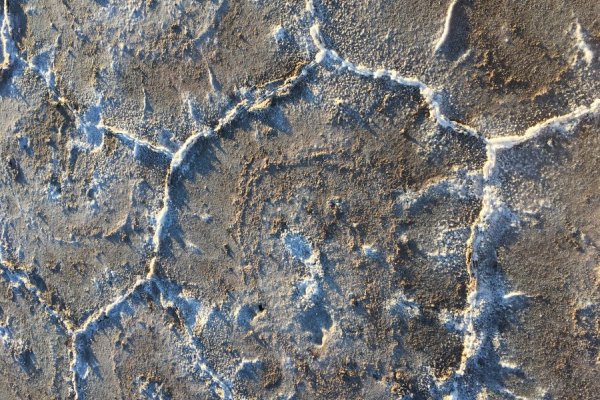The extracted raw materials are used to produce rechargeable batteries, which are installed in practically all mobile devices from smartphones, computers, electronic assistants, etc. to electric cars, e-bikes, scooters and much more. By means of intensive field research in the high desert, the project investigates the history and extent of the massive mining and explores the resulting infrastructure of the vast desert and mountainous landscape. The work deals with the past and future effects of industrial development and the resulting enormous global demand for copper, lithium and rare earths, which are needed for the production of batteries for modern technologies such as smartphones are needed. These miniature technologies with their microcomponents are in the strong contrast to the massive impact on nature and the living conditions in these Extraction zones. This is how remnants such as huge slagheaps from open-cast copper mining or the toxic leave ponds of lithium mining, which sometimes bury whole cities underneath them, and which destroy areas to such an extent that they are visible from satellites and landscape for the coming millennia.
The center of this multi-channel video and sound installation is the Salar de Atacama or the salt desert in Atacama near San Pedro and Calama. Millions of years ago there was a sea there, whose traces can still be discovered in the landscape: from the clouding of the salt formations to the brine that is extracted to produce lithium. Anna Friz and Rodrigo Ríos Zunino question the exploitation of the desert by comparing it with those phenomena attributed to the desert such as Fata Morgana, distortions of perception and the long duration up to the geological present. Slow camera movements over the rocky salt desert and the natural evaporation patterns that have developed over years, are in contrast to the surreal landscape of the Lithium mining, whose gigantic lithium carbonate mountains could be confused with snow.
The extreme illusions in the midday heat and the intense ultraviolet sun rays, which irritate the eye and disorientate perception, are combined with sounds that are derived from unprocessed and edited sound recordings on location and electromagnetic signals of human and non-human origin. The work reflects on landscape, infrastructure and environmental changes and investigates the micro- and macroscales of human intervention, impact and activity in relatively remote areas, covering the space between urban sprawl and wilderness.
Especially in the current phase of protests of the Chilean population against of the Chilean government and the corporations that have been selling the country and its devastate the environment and at the same time create a drastic economic and social imbalance, such mining areas - by Saskia Sassen also known as 'zones of extraction' - like the Atacama Desert, hardly a neutral industrial sites are understood. They are rather centres of power where the forces of global capital become visible for the benefit of a global elite. The technologized "smart" ities of the future become a peripheral expression this power based on plundering the desert.



